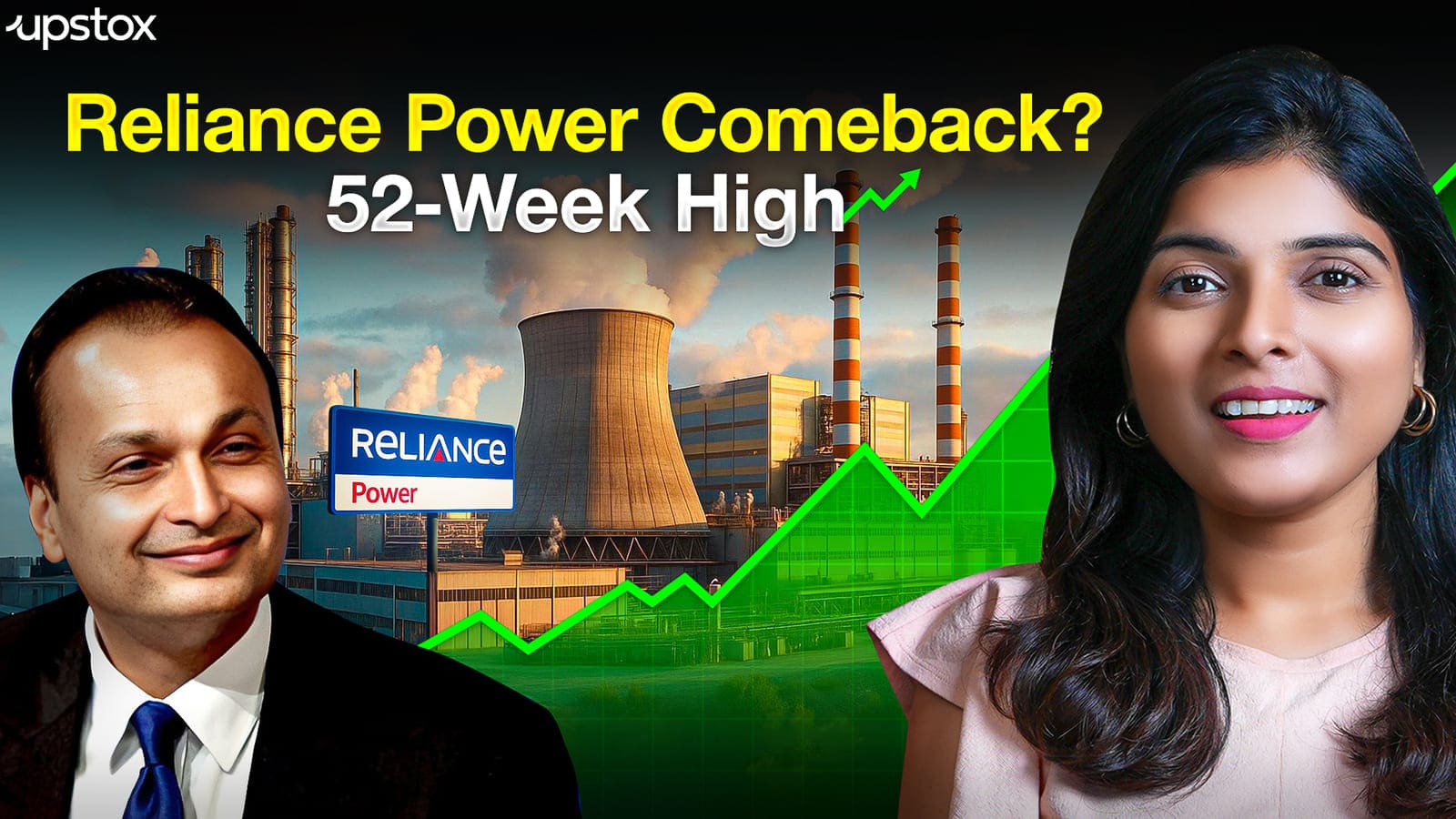Market News
Budget over, capex retained; what to expect from defence, rail, infra stocks now?

4 min read | Updated on July 31, 2024, 07:05 IST
SUMMARY
Most stocks have witnessed one-way rallies with a few intermittent dips that largely went unnoticed as the recovery was much stronger.

In the defence basket, Cochin Shipyard shares have zoomed 628% in the past 12 months
The last 12–18 months have been a golden period for defence, rail, select capital goods and manufacturing, green energy, and other related stocks. Most stocks have witnessed one-way rallies with a few intermittent dips that largely went unnoticed as the recovery was much stronger.
A cursory look at the stocks’ performance shows investors’ faith in these businesses as they continued to deploy funds even at the scrips’ all-time high levels. The reason was the government’s continued focus on the infrastructure, defence and renewable energy sectors.
Observer Research Foundation, a think tank, said in one of its reports that since assuming power in 2014, Prime Minister Narendra Modi’s government has made a determined attempt to strengthen the Indian arms industry.
To realise this goal, the government announced many reform measures under the ‘Make in India’ initiative and the ‘Atmanirbhar Bharat Abhiyan’ (self-reliant India mission). These measures cover virtually every facet of the Indian defence economy, spanning structures, acquisition processes, industrial regulations and budgetary provisions.
Similarly, a lot of measures have been announced to boost infra, renewable energy, space, and related sectors too.
Similarly, among renewable energy stocks, Suzlon Energy has given 230% returns in the past year, and the list goes on.
Given this, there were big expectations that the government would keep the ball rolling and increase the capital expenditure target for the ongoing fiscal year (FY 24–25). However, ruling out the conjectures, the finance minister kept the capex target unchanged at ₹11.11 lakh crore (same as the interim budget), which is 3.4% of the gross domestic product (GDP).
The Bigger Picture
Ambareesh Baliga, an independent market analyst, notes that the increase in the outlay for the defence, infra and railway sectors in the interim budget was lower than what was seen in the last two to three years.
Thus, there was an expectation of a revised, higher figure. These sectors have no doubt performed extremely well over the last 18–24 months, and valuations are very high as most of the stocks have turned multi-baggers.
“This leads us to a situation where continued impetus is required to keep the interest. This impetus seems missing as government focus seems to have shifted to farm, rural, youth and employment,” the analyst told Upstox.
The flood of order flow to these sectors, especially defence and railways, is well discounted by the market; "however, going ahead, execution risk too needs to be discounted—when we could see a meaningful correction,” Baliga said.
Ajay Bodke, also an independent market analyst, opines that the gulf between price and value among many sectors like defence, space, railways, EVs, batteries for EVs, hydrogen, and renewables was never as stark as it is today.
“The build-up of fanciful narratives and assumptions that projects with long lead times will get executed flawlessly with no time and cost overruns and the assumptions of unsustainably high earning growth over the next 7–10 years on a trot are at the base of these astronomical valuations,” the expert notes.
The expert further says that the markets will soon smell the coffee. Now what that trigger would be, nobody can imagine.
“But the point is that there is an old adage in the market: You can only sell in a rising market but not in a risen market because in a risen market nobody except God knows what the point of inflection is. So, if you have made money, the prudent strategy would be to start selling at every successive rise because the price is much divorced from the intrinsic value,” Bodke adds.
About The Author
Next Story

